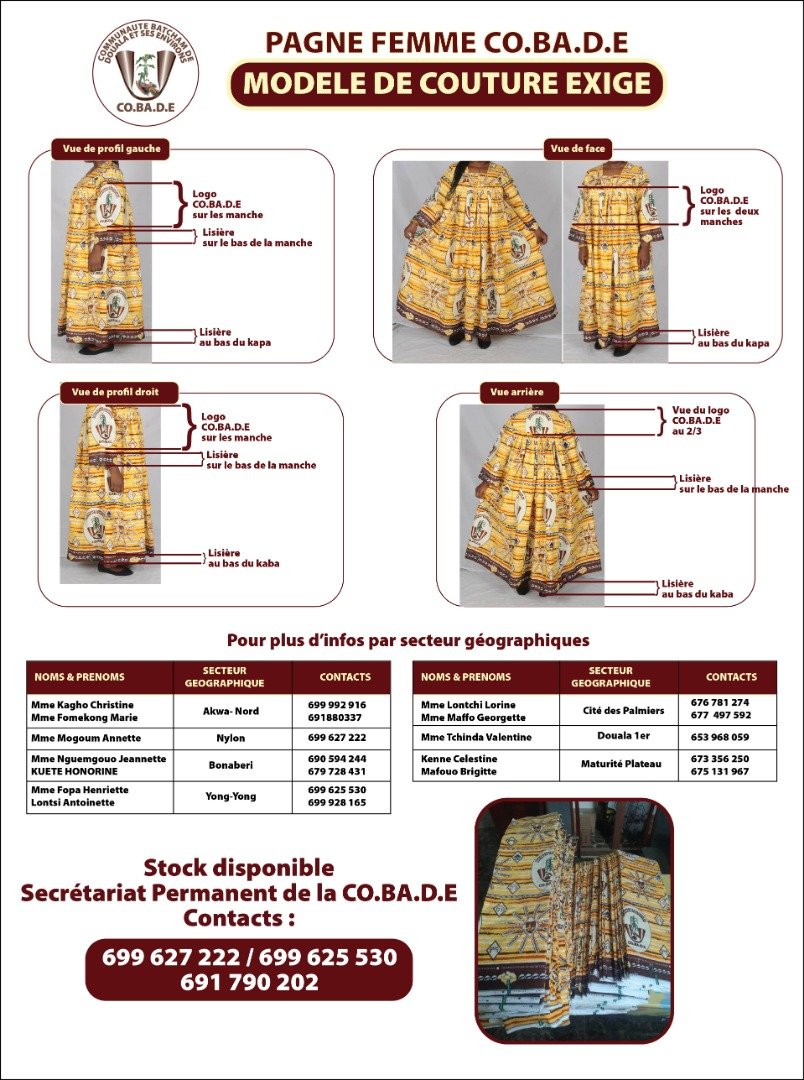As a result of this depreciation expense, the asset’s recorded value decreases throughout its useful life. Generally Accepted Accounting Principles (GAAP) are a set of accounting and financial reporting standards used by companies in the United States when they prepare their financial statements. GAAP and are issued and revised by the Financial Accounting Standard Board (FASB) and the Government Accounting Standard Board (GASB). Securities and Exchange Commission (SEC), all companies in the United States must use GAAP in their financial reporting to maintain their stock exchange listing. The historic cost principle is part of GAAP, along with some other principles such as prudence (conservatism), revenue realisation principle, and matching principle. The objective of GAAP is to make sure that the financial statements of U.S. companies are complete, consistent and comparable.
Application in Asset Valuation
- If the original price remains higher than the market value, the market moves downward, and vice versa.
- This transparency is crucial for stakeholders who rely on cash flow information to assess the liquidity and operational efficiency of a company.
- Impaired assets, intangible assets, and marketable securities are recorded at their current market prices on the balance sheet.
- This guarantees that everything we publish is objective, accurate, and trustworthy.
- This concept is the basis of the ongoing trade-off between the usefulness and reliability of an asset.
- Usually, historical cost accounting is more problematic with long-term assets.
Also, if the value of an asset declines below its depreciation-adjusted cost, one must take an impairment charge to bring the recorded cost of the asset down to its net realizable value. Both concepts are intended to give a conservative view of the recorded cost of an asset. Assets are listed at their acquisition cost, which can sometimes result in undervaluation, especially in times of inflation or significant market appreciation. For instance, a piece of land purchased decades ago at a nominal price may now be worth substantially more, yet it remains recorded at its original cost. This can lead to a conservative portrayal of a company’s asset base, potentially affecting the perceived financial strength of the organization.
Cost principle and depreciation
The result is the original price paid for an item or the original monies expected for payment in terms of accounts receivable. Though the historical cost principle is among the most common accounting standards, it is not without its detractors. At the heart of the historical cost principle is the notion that assets are recorded on the balance sheet at their original purchase price, without adjustments for market fluctuations. This method ensures that the value of an asset remains consistent from the time of acquisition, what is the current ratio and how to calculate it providing a stable reference point for financial analysis. For instance, if a company purchases a piece of machinery for $100,000, this amount will be reflected in the financial statements, regardless of any subsequent changes in the market value of the machinery. The historical cost principle significantly influences the presentation and interpretation of financial statements.
The historic cost principle is in line with conservatism because assets are not overvalued when recorded at their historic costs. According to the historical cost principle, all assets must be included at their original cost or acquisition price on a company’s balance sheet. Market alterations or changes brought on by inflationary alterations are not taken into account.
Company
By recording assets at their original purchase price, companies provide a consistent and objective basis for financial reporting. This consistency is particularly beneficial for long-term assets, such as property, plant, and equipment, where the historical cost remains unchanged over time, offering a stable reference point for stakeholders. However, the historical cost principle can also lead to discrepancies in depreciation during periods of significant inflation or technological advancement. Assets purchased at lower historical costs may have depreciation expenses that do not reflect their current replacement costs or market values. This can result in understated expenses and overstated profits, potentially misleading stakeholders about the company’s true financial performance.
Real-time bookkeeping revolutionizes financial management by providing businesses with instant access to up-to-date financial data, improving cash flow tracking, expense management, and profitability analysis. Unlike traditional bookkeeping, which relies on periodic updates, real-time bookkeeping ensures continuous transaction recording, automated reconciliation, and real-time financial reporting. This allows business owners to make faster, data-driven decisions, reduce errors, enhance tax compliance, and stay audit-ready. The cost principle is a standard a guideline used by accountants around the world and is part of the GAAP conceptual framework.
Generally Accepted Accounting Principles (GAAP)
The debate between historical cost and fair value accounting has been a longstanding one, with each method offering distinct advantages and challenges. Historical cost accounting, as previously discussed, records assets at their original purchase price, providing a stable and verifiable figure. In contrast, fair value accounting aims to reflect the current market value of an asset, offering a more dynamic and potentially more accurate representation of an asset’s worth at any given time. Moreover, the cost principle can impact the depreciation expense reported on financial statements. Since depreciation how to file taxes for ebay sales is calculated based on the historical cost of an asset, the expense recognized each period may not accurately reflect the asset’s current usage or market conditions. This can lead to a mismatch between the reported expenses and the actual economic consumption of the asset, affecting the net income and overall profitability reported by the company.
Key Components of Historical Cost Principle
Accounting has many rules and regulations that companies must follow when recording and reporting financial information. Among these is the historical cost principle, one of the most important concepts that relates to a company’s financial statements. This principle requires a company to report the historical cost for specific assets, such as accounts receivable, inventory and property, plants, or equipment.
Exceptions to the Historical Cost Principle
- In this case, even though the invoice was received on a different date, the record date must be the one at which the purchase occurred.
- The original purchase price is a concrete figure, supported by invoices, receipts, and other documentation.
- This can result in understated expenses and overstated profits, potentially misleading stakeholders about the company’s true financial performance.
- By dividing the asset’s cost evenly over its useful life, companies can predict and plan for consistent depreciation expenses.
- However, like conservative accounting, it helps prevent the overvaluation of the asset in a volatile market.
- An asset’s purchase price, or its original monetary value at which it is purchased, is called its historical cost in accounting.
- This discrepancy can lead to an understatement of a company’s asset base, potentially affecting key financial ratios and metrics used by investors and analysts to assess the company’s performance.
For example, under the historical cost principle in IFRS, PPE per IFRS requires to record initially at cost, and the value will be reduced by depreciation or impairment. The historical cost concept is considered important because the records that are made in consideration of the historical cost principle are more reliable, verifiable, and comparable. The cost in cash or cash equivalent at the time of purchase is frequently used to compute historical cost.
The historical cost concept differs from the fair value concept, which reflects the current market value of a company’s assets. Asset valuation at the original price avoids overvaluation in a dynamic market and is a good way to figure out capital expenditures. It also makes it easy for businesses to retrieve the actual pricing of items when needed quickly. The cash and cash equivalents historical cost principle is a trade off between reliability and usefulness. Knowing that a company purchased a piece of land in 1950 for $10,000 does not really tell financial statement users how much the land is currently worth.
Founded in 2002, our company has been a trusted resource for readers seeking informative and engaging content. We follow a strict editorial policy, ensuring that our content is authored by highly qualified professionals and edited by subject matter experts. This guarantees that everything we publish is objective, accurate, and trustworthy.
For example, the return on assets (ROA) ratio might appear more favorable if the assets are undervalued, giving a skewed impression of efficiency. The historical cost principle states that an organization must initially record an asset or liability at the cost at which it was initially acquired. This is done partially because it is both easy to record this cost and also because it can be readily verified. There are no adjustments to these costs, except when the market price of an asset drops below its carrying amount on the books; when this happens, the cost is written down to its market value. However, this “lower of cost or market” concept does not work in reverse – you cannot revalue the recorded cost of an asset upward under Generally Accepted Accounting Principles.
Accrual Basis in Accounting: Definition, Example, Explanation
A continual trade-off between an asset’s utility and reliability is supported by the historical cost concept. The original cost may not always indicate an asset’s fair value, making the principle useless for estimating the change in value over time or due to inflation. However, like conservative accounting, it helps prevent the overvaluation of the asset in a volatile market. Therefore, the historical cost principle is one of the primary accounting methods for fixed assets under the United States Generally Accepted Accounting Principles (GAAP). The historical cost principle is objective and verifiable in terms of recorded values, like bank transactions, invoices, and receipts, which are used to verify the original value of an asset at the time of purchase.





